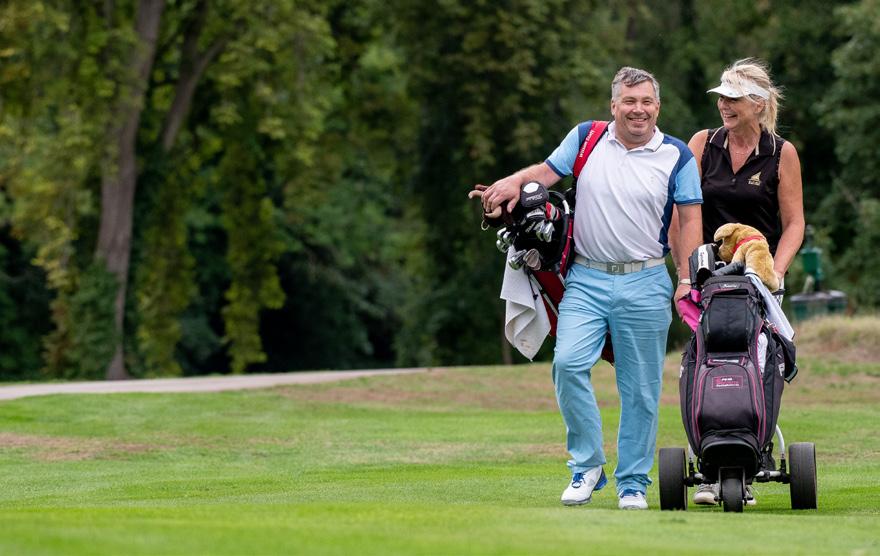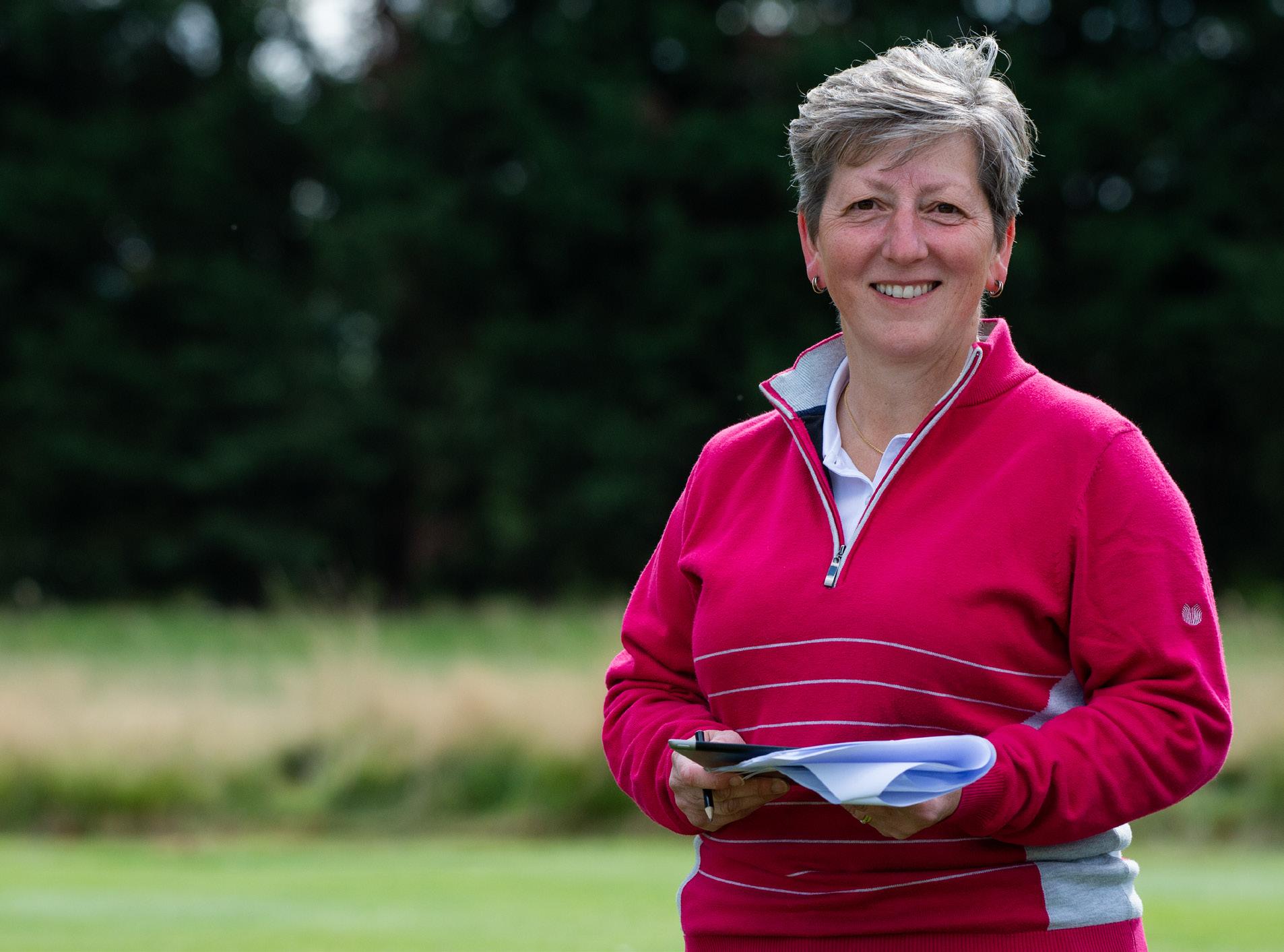
4 minute read
The Participation Pathway
From our research, we discovered a common pathway to becoming a golf club volunteer. The process involved several stages, with transitions between them. We term this a ‘participation pathway’ to reflect the idea that participation comprises different levels of involvement, from playing golf to volunteering. We describe this process over the next three pages and provide some illustrative quotes from interviewees. We then make recommendations for managing the pathway on pages 14 and 15.
On joining a golf club, new members are faced with a range of uncertainties. New member uncertainty may exist about club culture, behavioural expectations, social relationships and playing golf. While previous golfing experience reduces newcomer uncertainty, even the most experienced golfers described a period of adjustment when joining a new club.
Advertisement
Golfers described the transition from feeling uncertain to feeling comfortable as ‘settling in’. This transition was made possible by spending time at the golf club, developing confidence in playing golf and social interactions. Forming social relationships was particularly important. Newcomers with family, friends and work colleagues in the club tended to settle in more easily.
It’s important to note that not all new members make the transition from newcomer to established member. Bad experiences sometimes push newcomers back towards uncertainty. Several interviewees, who were now volunteers at their current club, had been unable to form social relations and become part of a group at previous clubs and had left.
After a period of settling in, golf club members begin to feel comfortable and consider themselves as established members. Routines and group participation are essential to feeling comfortable. Regularly playing and socialising within a group of members helps to develop strong bonds with the club.

Social relationships also play an important role in activating volunteering. Through social relations, there is a shared understanding between prospective volunteers and club members that they have something useful to contribute. Furthermore, established members are familiar with the golf club and the personalities involved, and can therefore make informed decisions about volunteering. Sometimes, knowledge of what is involved turns members off volunteering.
The pathway to participation tends to result in meaningful volunteering. Volunteers like to ‘give back’ to the club because they have enjoyed membership and the friendships they have formed. The golf club is a significant part of their lives. Some volunteers, especially those who experienced challenges ‘settling in’, identify changes that they would like to make to their golf club. However, most volunteers, because they have been socialised, tend to enjoy the golf club’s ways of doing things. Modification goals are, therefore, limited. In volunteering, members tend to preserve what they have become comfortable with.
An interviewee described how she felt as a new member:
“ The three of us would come down late in the evenings. Out of sight! We were frightened of getting involved in the golf club. We used to park up at the far end of the carpark and zip on to the course to play nine holes and back in the car and out. We never ever came in the clubhouse. We got people coming up to say, “When are you going to get your handicaps?” Very scary. We just thought it was very scary.”
The interviewee is now a volunteer at her golf club and runs a program to help new members settle into the club.
An interviewee described feeling uncertain when first joining a club:
“There is a supposition that you know what you’re signing up for. If you’ve never actually been in the club and been involved with it, well, how does it work?”
A volunteer described the importance of relationships:
“I think as soon as you get friendship in a club it means lots. It’s not coming just to golf, it’s coming for friends, and we sit and have a coffee and a drink afterwards and it’s all part of the deal.”
An interviewee described how he settled into his golf club:
“ When I joined, for the first couple of years I didn’t know many people….. There was a Burns Night supper here. I came with my wife. We sat on a table with a guy called Ed and had a great night and Ed said, “You want to join the club?” He said, “You’d really enjoy it.” I said, “Ed, I have joined the club. It’s costing me 500 quid a round at the moment.” Right, he says, “Get your arse down here tomorrow morning at 9.30, you’ve got a game.” There was a group called The Slugs and they meet every Wednesday morning and Saturday morning and I’ve never looked back.”
A board member described why he left a previous club:
“I was there for just over two years and I only ever played in the same four ball. I never ever got invited to play in another group. Never got approached ….. I was low enough to play in their first team. Yeah, I wasn’t overly comfortable there.”
The interviewee is now an active and influential board member at his golf club.
A volunteer described how becoming known to other members was central to him being asked to volunteer:
“I think because I integrated so well, I came to the attention of the men’s committee. They’re always looking for individuals willing to help out.”
A female volunteer, who had taken up golf as an adult and found it difficult settling into golf, describes the changes she wanted to make at her club:

“One thing I felt strongly about was that [less able golfers] are not always as visibly supported and valued. One thing I really wanted to do was to make as much of a fuss of them as the more elite players. I felt that was important. That was one of the things that I wanted to do.”
A board member described why volunteering was meaningful to him:
I’ll do something.”










